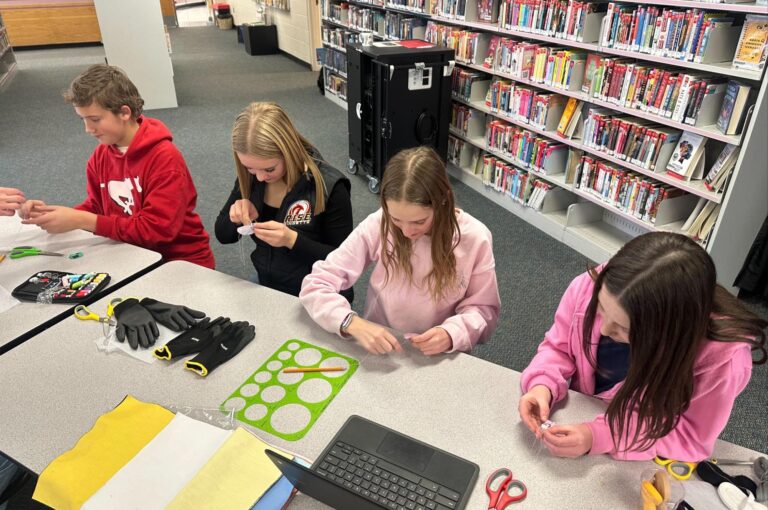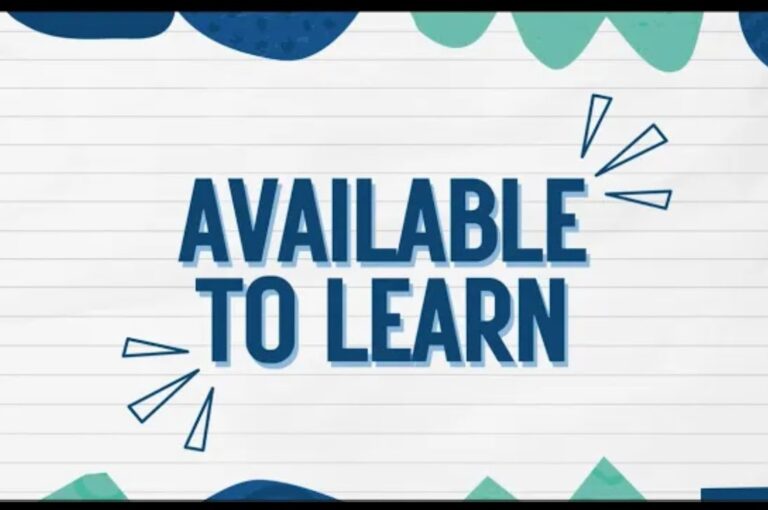There are many factors to consider when selecting instructional materials to help students learn the curriculum.
Start by selecting a resource that aligns with the Program of Studies. The learning outcomes should determine what is taught, not the resource. You will be hard-pressed to find a resource that has all the outcomes aligned perfectly. This is why teachers will most likely have to pull ideas from multiple resources. Even when the outcome is aligned, the depth of knowledge or rigor in the materials often is not there. It’s important to look at the types of questions being asked and that they are more open-ended and involve critical thinking and problem solving.
Finding materials and learning activities that are engaging to students is also an essential element to consider. If the learning is repetitive and boring for the teacher, the odds are it will also be boring to the students. We want students to see learning as relevant to their lives. If we can find tasks that hook the students and encourage them to dig deeper, learning will come more easily. Engaging tasks are often interactive or collaborative. Some examples include games, hands-on and real-world tasks connected to students’ interests.
Teacher resources should include research-based strategies that improve student learning. The use of these high-impact teaching routines increases the probability of strong student outcomes. We all know how precious time is to teachers. They want to ensure that their instructional time is well utilized and is going to make a difference to student learning.
Because classrooms have a mix of students with varying levels of skill, language, cognitive abilities, and learning styles, it is important to think about resources that allow for all student needs. When teachers find instructional materials that support different learners/learning styles and promote independent and group work, student engagement often increases as well.
Resources:
Selecting Resources for Teaching a Learning: A Guide for K-6 Mathematics
A Comprehensive Guide to High Quality Instructional Materials







